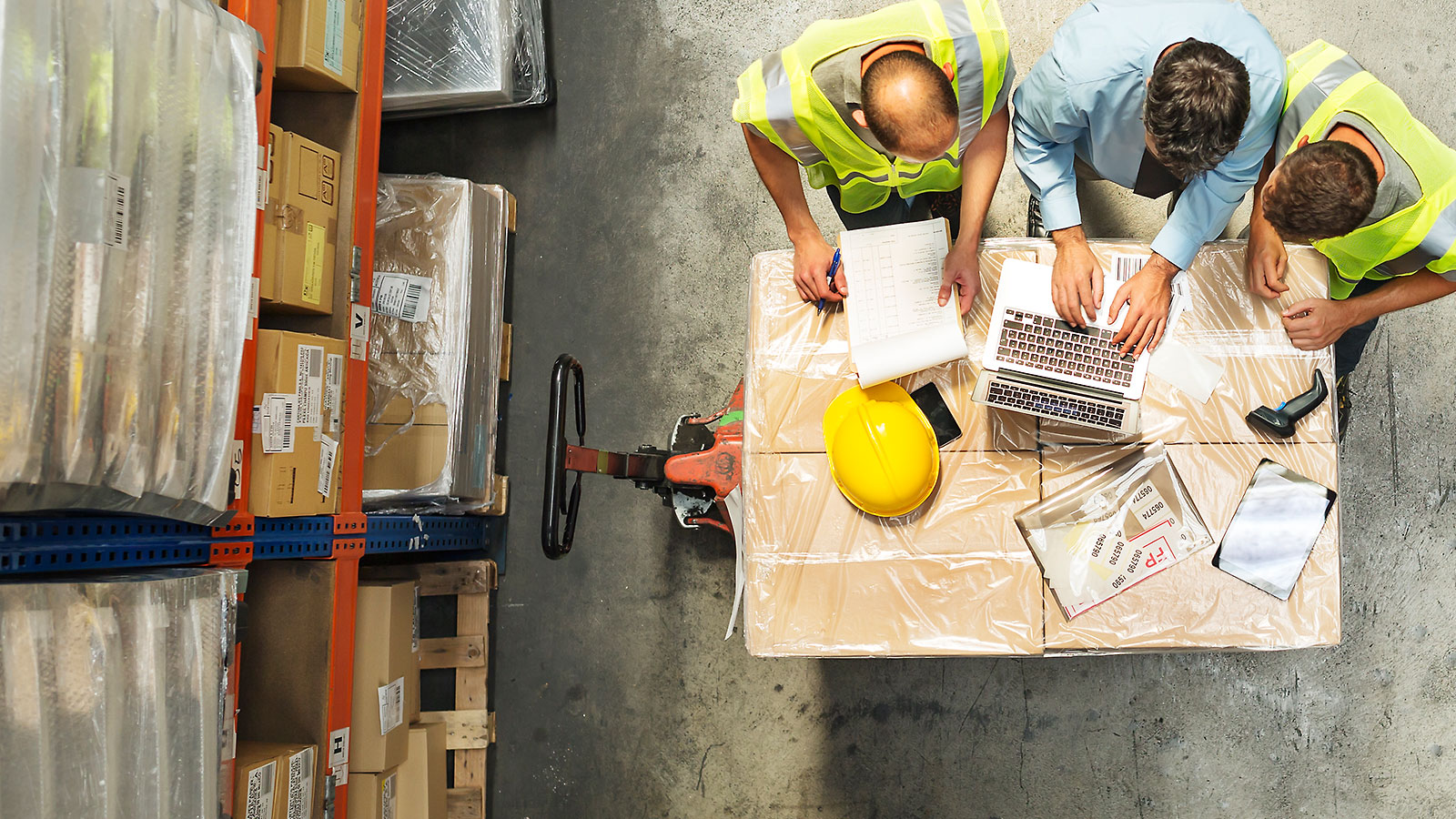

How companies can incorporate sustainability into product design process to reduce carbon footprint
Many companies make the mistake of only considering sustainability in the later stages of product development.
Focusing on product sustainability and producing low-carbon intensity products brings tangible positive results for companies trying to keep existing customers and attract new ones. Don’t just take our word for it: PwC research conducted on companies in multiple sectors found that 96% say their customers expressed an interest in the sustainability of their products, and 95% expect this trend to continue. And while our 2024 Trust Survey showed that customer loyalty can be fleeting, a separate survey found that 80% of customers were willing to pay a premium for sustainable products.
In addition to increasing customer expectations, other factors are driving the focus on product sustainability. Proposed or enacted global regulations are requiring companies to disclose extensive information on how climate change is impacting their operations and what they’re doing to mitigate those risks. Your company may also have to contend with new taxes if you import carbon-intensive goods into certain markets (see below: What your company needs to know about the carbon border adjustment mechanism, or CBAM.)
These new pressures from global regulators call into question the environmental impacts in each process and every step of your value chain — how products are designed and engineered; where materials are sourced; and how products are manufactured, sold and ultimately used by consumers. This is creating a bullwhip effect through supply chains as companies place similar expectations on suppliers. Our research found that more than 75% of respondents said their expectations for suppliers’ sustainability reporting had increased greatly over the last 12-18 months. More than 92% expect those expectations to continue to increase over the next year and a half.
As your company sets its decarbonization goals, your management team should take a strategic approach to product sustainability at the earliest stages of product development to secure a place in this evolving market. By evaluating how customer needs are evolving and weighing that against your core strengths, your company can identify opportunities to lean into its core competencies and identify opportunities to grow the top line. Some companies that have a core competency in product engineering have already started to integrate sustainability criteria and environmental impact data into their product design and development process.
Technology can play a central role in helping your company take advantage of those opportunities. The rise in customer expectations for sustainable products means companies are ingesting and sharing massive amounts of ESG data as a way to analyze and mitigate environmental impacts across the value chain. Two processes that continue to gain prominence are a life cycle assessment (LCA) and a Product Carbon Footprint (PCF). Both help evaluate a product's emissions over its lifetime. Companies that leverage LCAs and PCFs can gain valuable insights into their operations, enabling the development of sustainable products that align with evolving market demands.

As customers increasingly favor sustainable products, companies looking to reduce their carbon footprints are leaning on their suppliers to be more transparent about their own sustainability efforts.
LCAs can help your leadership determine how to reduce the different environmental impacts of your products and services and increase the overall circularity of your value chain. LCAs represent information on a product’s environmental impacts from cradle to grave — raw material extraction, processing, product manufacturing and packaging, distribution, waste and final disposal. As your company gains a better understanding of the drivers of environmental impacts and attributes, you can use LCAs to help determine how a decision to cut emissions in one area of the value chain will impact other stages of the production process.
For now, companies are using LCAs on a limited basis. In a PwC analysis of LCAs, 69% of companies polled had performed LCAs on less than 25% of their product lineups. But our analysis also found that customer demands, sustainable supply chain decisions and marketing strategies are spurring rapid adoption. Company leaders are placing greater emphasis on LCAs because they can provide answers to some crucial questions, including:
The insights gleaned from the answers can lead to your company realizing it may need to make changes, whether that’s altering processes and operations or shifting to different suppliers. That’s why PwC believes LCAs are central to the transition to more circular business models that emphasize low-carbon products and processes.
There can be significant benefits for companies that embrace LCAs. PwC research found that integrating LCAs into business operations is not only a means of compliance but also a strategic advantage. Organizations that successfully embed LCAs holistically into their processes can gain valuable insights into their business partners and customers, enabling the development of more sustainable and tailored products that align with evolving market demands.
We realize the LCA process can be complex and require collaboration from teams across the enterprise. Companies should look at the LCA process as a journey. The market is looking for progress, not perfection, so your company should be comfortable conducting LCAs on a single product or product line. This can help you troubleshoot the process for any data gaps. As you engage your suppliers and the quality of data improves, you can scale your LCA process to a larger portion of your product lineup. Technology will be key to scaling and it can help you integrate LCA data into other reporting requirements.
Furthermore, your company stands to achieve secure and resilient supply chains, mitigate risks associated with resource scarcity and enable business continuity. We’ve seen that organizations that integrate LCAs into their supply chain management strategies demonstrate increased efficiency, reduced waste and improved environmental performance. By leveraging LCAs as an integral part of their strategic initiatives, these companies are able to capture the green premium associated with sustainable practices, driving potential revenue growth and fostering long-term customer loyalty.

Consumer demand isn’t the only catalyst behind a shift to product sustainability. Proposed or enacted global regulations are also causing companies to evaluate the carbon footprints of their products.
The European Parliament recently adopted several pieces of legislation that aim to reduce greenhouse gas emissions across the European Union. One key development is the Carbon Border Adjustment Mechanism (CBAM). By introducing a levy on certain carbon-intensive products, the CBAM aims to equalize the price of carbon paid for EU products under the EU Emissions Trading System and imported goods.
The CBAM outlines certain reporting requirements on GHG emissions embedded in any imported products. LCAs could be a valuable tool in complying with this regulation, since reporting is required at the product level.
The CBAM’s transitional phase begins later this year. It’s important to understand how the CBAM will impact companies that import goods into the region.
From May to June 2023, PwC contacted sustainability and product leaders at companies with tangible products. PwC collected and analyzed data from 123 participating entities representing a wide range of sizes, complexities and industry sectors.


Many companies make the mistake of only considering sustainability in the later stages of product development.


Our PwC survey shows executives agree that resilient supply chains are key to an effective sustainability strategy.


Technology can help you take advantage of ESG tax incentives and credits, like the inflation reduction act, to advance the value of sustainability initiatives.


A key consideration of a company’s ESG data reporting strategy is its approach to measuring and managing Scope 3 emissions over time.